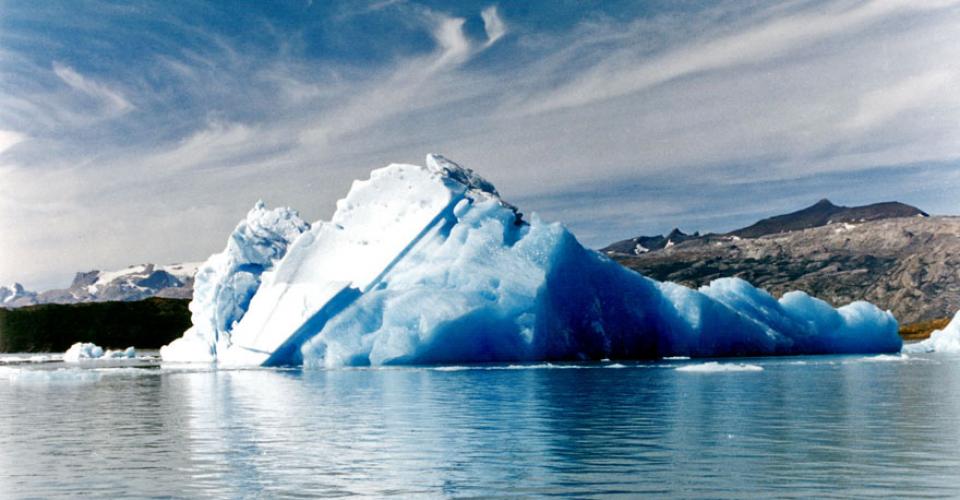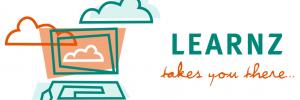Earth and Space Science in The New Zealand Curriculum
31/07/2014New subject Earth and Space Science encourages students to more deeply explore our planet.
 Earth and Space Science (ESS) is a new subject at Years 12 and 13, based on the Planet Earth and Beyond strand of the Curriculum. Within ESS, students learn about earth, ocean, atmospheric, and astronomical processes and explore how the different parts of the Earth System (geosphere, atmosphere, hydrosphere and biosphere) are intimately linked with each other and the solar system.
Earth and Space Science (ESS) is a new subject at Years 12 and 13, based on the Planet Earth and Beyond strand of the Curriculum. Within ESS, students learn about earth, ocean, atmospheric, and astronomical processes and explore how the different parts of the Earth System (geosphere, atmosphere, hydrosphere and biosphere) are intimately linked with each other and the solar system.
Science teacher JENNY POLLOCK has been instrumental in introducing this new subject to the curriculum. New Zealand Science Teacher asks her some questions about its beginning, development and future.
Hi, Jenny. What led to the development of this as a separate subject being taught in science departments?
The Science Learning Area of The New Zealand Curriculum (NZC) has four different contextual strands – ‘Living World’, represented by biology, ‘Material World’ by chemistry, ‘Physical World’ by physics, and ‘Planet Earth and Beyond’ at secondary school. The Ministry of Education, as part of the NCEA Alignment with the Curriculum in 2008, decided that the Planet Earth and Beyond (PEB) strand needed to have a suite of Achievement Standards that reflected Levels 7 and 8 of this strand.
This was a welcome development as science as a subject must address the problems facing planet Earth and a specific subject such as ESS does this.
Can students study ESS at all levels of NCEA?
ESS can be studied in Years 12 and 13 and is assessed by Levels 2 and 3 ESS Achievement Standards.
ESS isn’t taught as a separate subject in year 11. There are four Science Achievement Standards at Level 1 that assess the Planet Earth and Beyond strand and are generally used as part of a general science course.
Many schools also run general science courses at Level 2 and 3 NCEA, and the Earth and Space Science standards are widely used to assess parts of these.
I’ve heard from various science teachers that Earth and Space Science is very popular in the schools that offer it. Why do you think this is?
It’s a flexible and wide-ranging subject that can be assessed by a mixture of internal and external standards. The internal standards lend themselves to activities such as field trips and interesting investigations. Courses can be designed to reflect student, community, and teacher interests. Teachers may decide to emphasize aspects such as geology, marine science and astronomy, depending on the resources of the local area.
In addition, an Earth and Space Science course may also concentrate on issues of the day, such as climate change and ocean acidification.

How is it taught in your school?
I teach at an all-girls school and my course attempts to balance learning about essential earth, ocean, atmospheric, and astronomical processes along with exploring important planetary issues.
My ESS course at Level 2 consists of a practical investigation into cleaning up oil spills, a research investigation into the problem of plastic pollution in the ocean, a study of deep ocean organisms and the extreme conditions they live in, learning about extreme earth events such as volcanoes, earthquakes, and tsunamis, and learning about the life cycles of planets, moons, and stars.
My ESS course at Level 3 consists of a practical investigation into which areas around Nelson may liquefy in an earthquake, a research investigation into ocean acidification, a study of the Alpine Fault, and learning about oceanic and atmospheric processes such as how ocean currents are formed and how the major wind belts form.
Other classes around the country will have similar courses but will have different field trips to mine and will study different planetary issues.
What kind of Professional Learning and Development (PLD) is available for ESS teachers?
The only national PLD is the NZQA Best Practice Workshops which cover the grading of internal assessments. Local subject associations may run cluster groups and some advisors are very good at distributing resources.
However, ESS teachers could do with more PLD because this subject is very new.
Do you have a preferred place to find or share teaching resources?
I run a Google group and share resources and secure assessments. Teachers are able to email me to ask questions and for ideas if they are stuck.
A group of keen teachers have also formed a standing committee of NZASE called Earth and Space Science Educators (ESSE). We hope to get a website up and running soon.
There are also some excellent websites such as NASA, NOAA, GNS, Te Ara, CSIRO and Windows to the Universe.
You can find the Earth and Space Science Educators standing committee (ESSE) group on the NZASE website here.

























Post your comment
Comments
No one has commented on this page yet.
RSS feed for comments on this page | RSS feed for all comments